non-blooming April Remembered
bunyip
15 years ago
Related Stories

GARDENING GUIDESTop 12 Summer-Blooming Perennials for Deer-Resistant Drama
Can you have garden color, fragrance and exciting foliage with hungry deer afoot? These beauties say yes
Full Story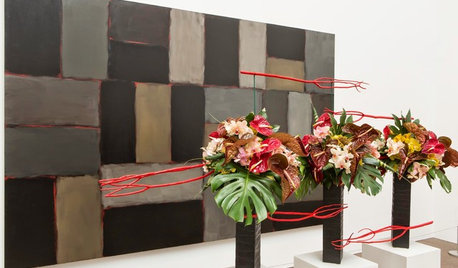
EVENTSUnexpected Delights: Art in Bloom in San Francisco
Paintings inspire floral creations that bring a new perspective to fine art
Full Story
GARDENING GUIDESGreat Design Plant: Amelanchier Signals Spring With Airy White Blooms
With roughly 20 species of serviceberry native to the U.S., bees can feed on the early-season blooms while birds enjoy the summer berries
Full Story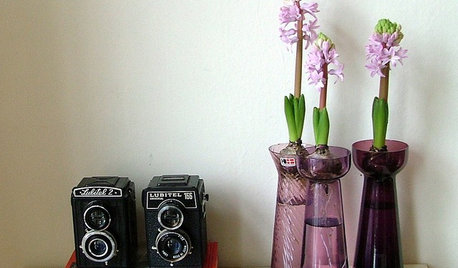
HOUSEPLANTSGet Spring-Like Hyacinth Blooms All Winter Long
Try one of these forcing methods for cheery, colorful flowers to brighten wintry days
Full Story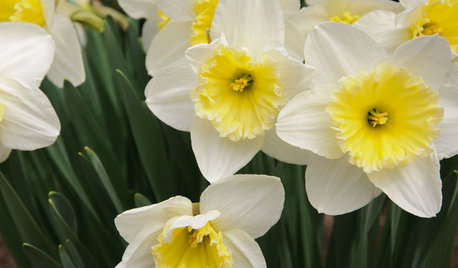
GARDENING GUIDESGreat Lakes Gardener's April Checklist
Watch your garden light up with bulbs, go wild for wildflowers and be kind to wildlife visitors
Full Story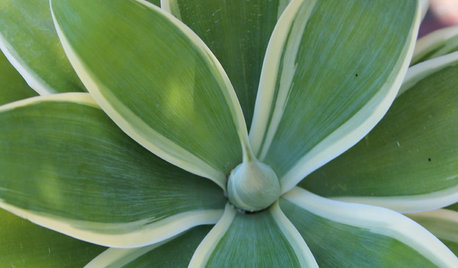
CALIFORNIA GARDENINGCalifornia Gardener's April Checklist
Outsmart droughts with water-savvy plants and sustainable approaches that suit the landscape
Full Story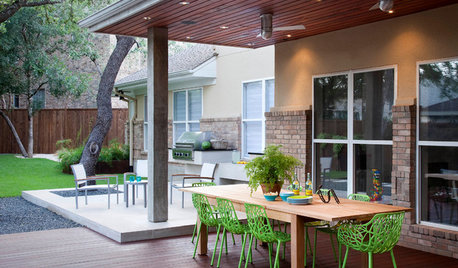
MONTHLY HOME CHECKLISTSYour April Checklist for a Smooth-Running Home
Shake off the winter blues and spring into action to get your home in the spirit of the new season
Full Story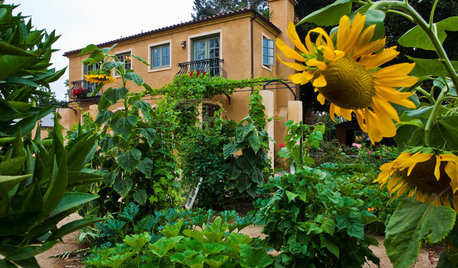
REGIONAL GARDEN GUIDESTexas Gardener's April Checklist
Get your sowing and planting on — spring brings a tantalizing array of possibilities in the garden
Full Story
WINTER GARDENINGPruning Secrets for Exquisite Roses
Encourage gorgeous blooms year after year with this time-tested advice on how to prune your rosebush in winter for health and shape
Full Story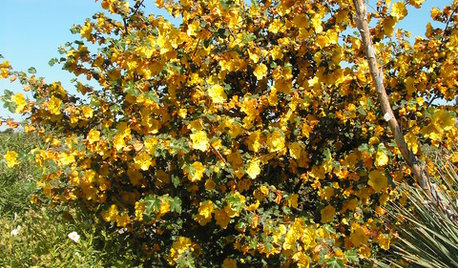
GARDENING GUIDESGreat Native Plant: California Flannel Bush
Forget watering once this bush is established. But the yellow burst in spring and summer, you'll remember
Full Story





luis_pr
luis_pr
Related Professionals
Glendora Landscape Architects & Landscape Designers · Milwaukee Landscape Architects & Landscape Designers · Tomball Landscape Architects & Landscape Designers · Chattanooga Landscape Contractors · Framingham Landscape Contractors · Lees Summit Landscape Contractors · Lexington Landscape Contractors · Manhattan Landscape Contractors · Matteson Landscape Contractors · North Highlands Landscape Contractors · Silver Firs Landscape Contractors · Charleston Swimming Pool Builders · Denton Swimming Pool Builders · Haltom City Swimming Pool Builders · Missouri City Swimming Pool BuildersbunyipOriginal Author
luis_pr